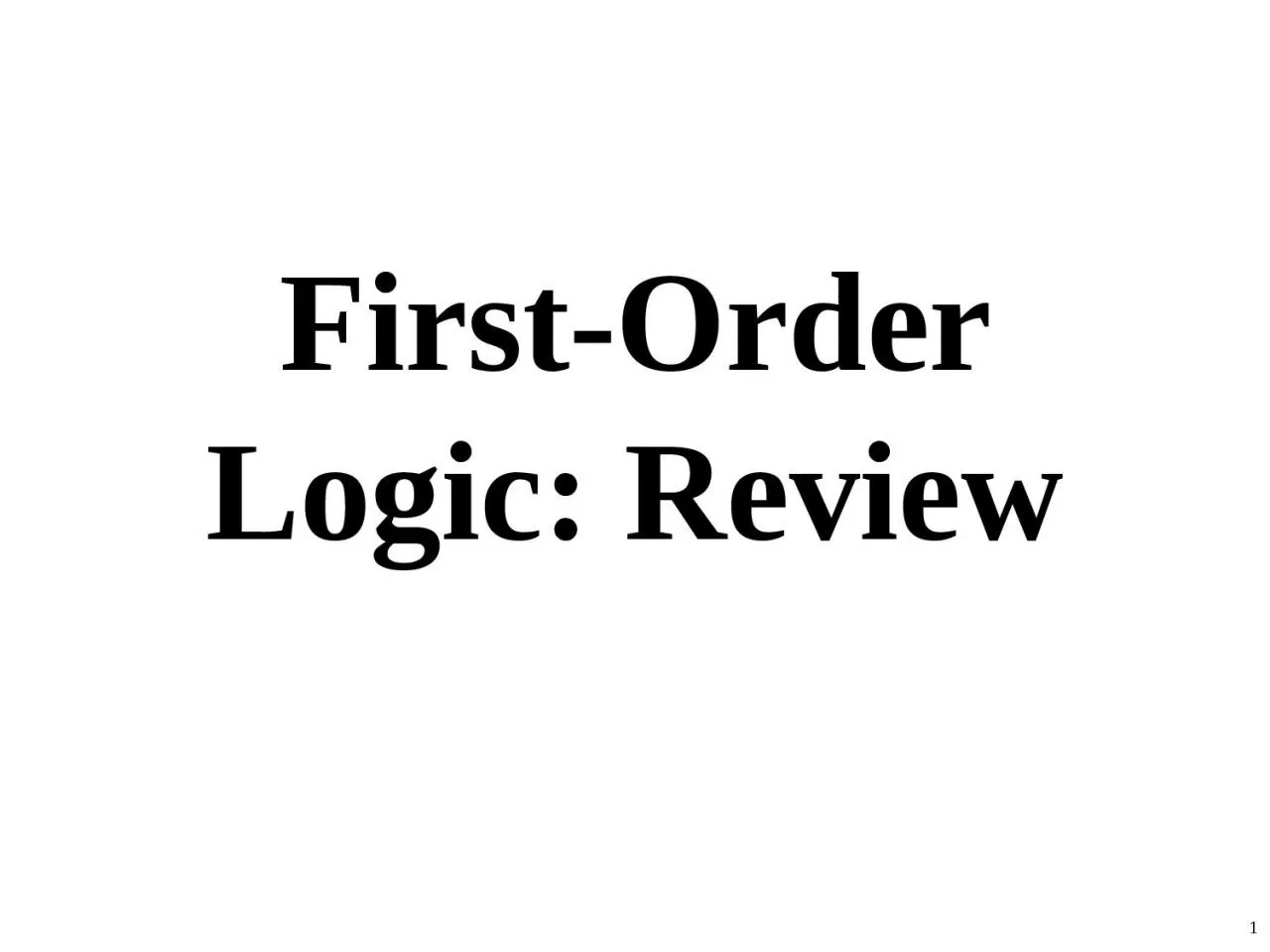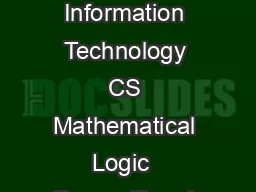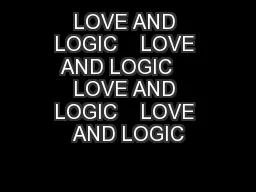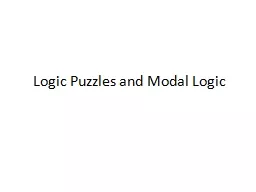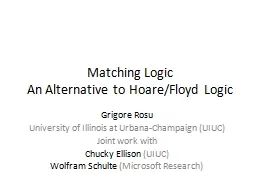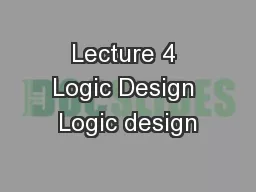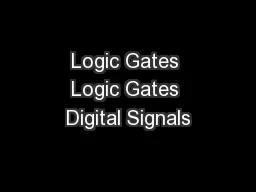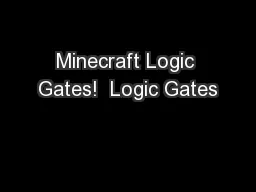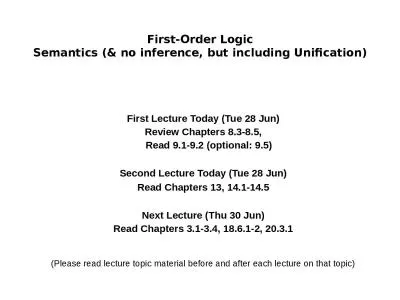PPT-1 First-Order Logic: Review
Author : isla | Published Date : 2023-09-26
Firstorder logic Firstorder logic FOL models the world in terms of Objects which are things with individual identities Properties of objects that distinguish them
Presentation Embed Code
Download Presentation
Download Presentation The PPT/PDF document "1 First-Order Logic: Review" is the property of its rightful owner. Permission is granted to download and print the materials on this website for personal, non-commercial use only, and to display it on your personal computer provided you do not modify the materials and that you retain all copyright notices contained in the materials. By downloading content from our website, you accept the terms of this agreement.
1 First-Order Logic: Review: Transcript
Download Rules Of Document
"1 First-Order Logic: Review"The content belongs to its owner. You may download and print it for personal use, without modification, and keep all copyright notices. By downloading, you agree to these terms.
Related Documents

